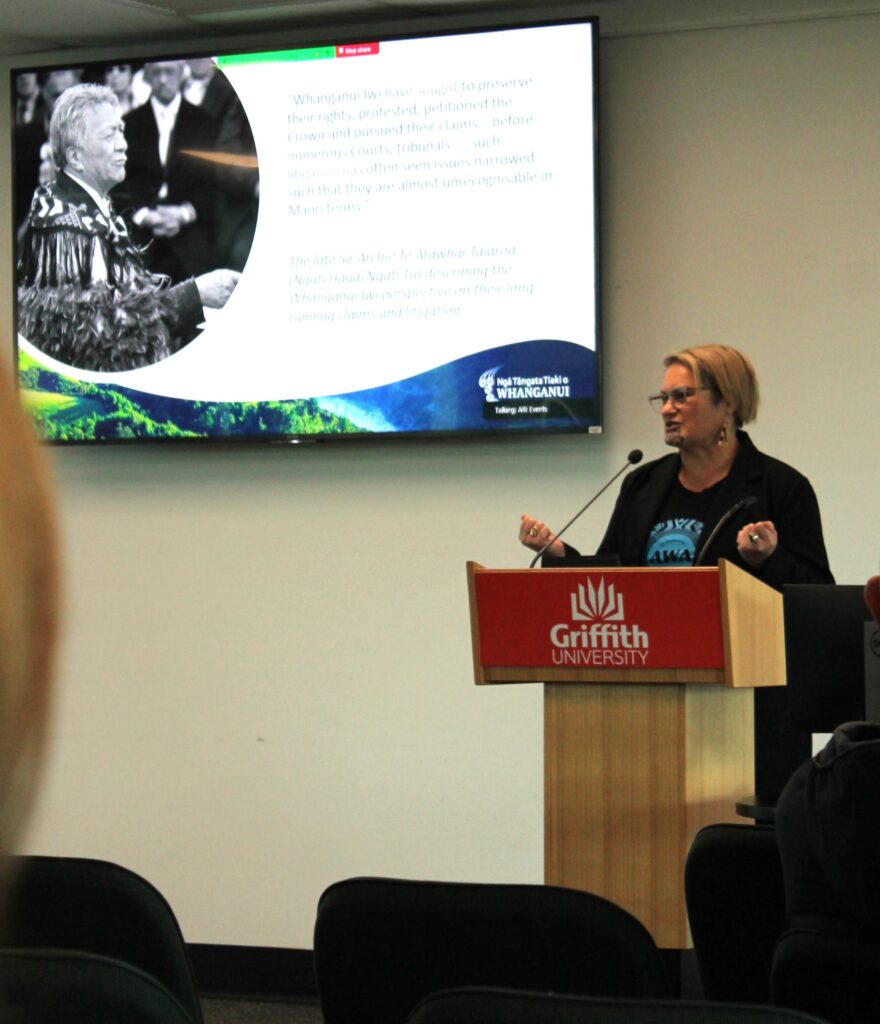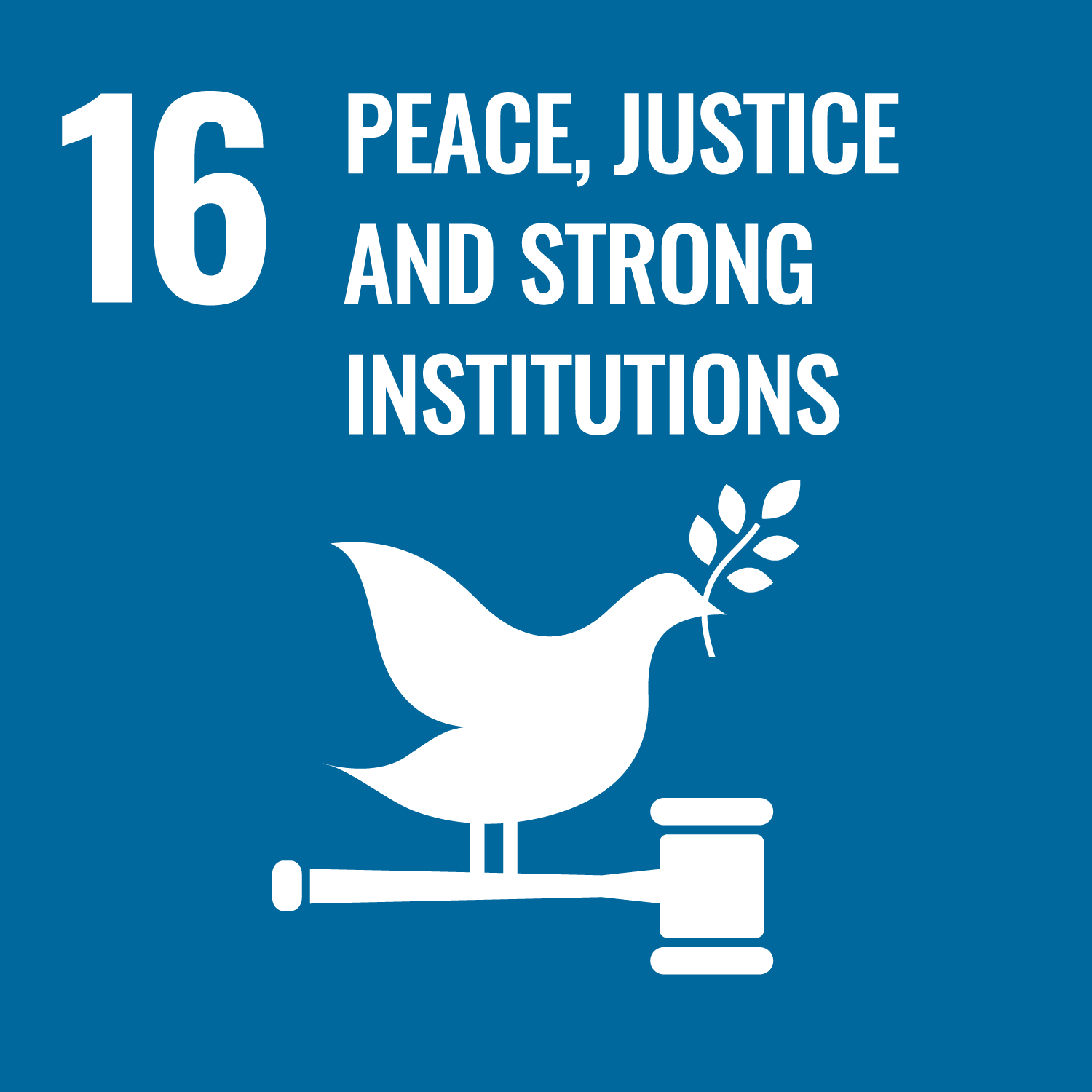Griffith University's Australian Rivers Institute (ARI) has announced the establishment of a formal international partnership with Ngā Tāngata Tiaki O Whanganui during a seminar followed by the signing of a Letter of Intent.
Ngā Tāngata Tiaki o Whanganui, the Whanganui Iwi, is the tribal entity responsible for the promotion and protection of the wellbeing of the Whanganui River on New Zealand's North Island.

Whanganui Iwi, the tribes of the Whanganui River, achieved a world-leading settlement with the New Zealand Government in 2017 with the passing of Te Awa Tupua (Whanganui River Claims) Settlement Act 2017.
The legislation enshrined indigenous values as the overarching basis for making decisions in relation to the river and granted the first legal 'personhood' status for a New Zealand river.
The development attracted global attention, as Whanganui became the first river in the world to be recognised as a living being with the corresponding rights, duties and liabilities of a legal person.
The new partnership will deliver mutual benefits and learnings for ARI's researchers and the Ngā Tāngata Tiaki o Whanganui respectively, by the facilitation of cooperative research and collaboration aimed at enhancing the health and wellbeing of the Whanganui catchment.
Further partnership outputs are expected to include:
- Sharing the framework and insights of Te Awa Tupua (Whanganui River Claim) Settlement including the legal personhood status, and Tupua Te Kawa, the legislation of innate indigenous values across the catchment of the Whanganui River;
- Exploring specific interest in utilising Griffith's Building Catchment Resilience (BCR) tool to enhance the health and wellbeing of the Whanganui catchment;
- Exploring development of a comprehensive restoration plan for the Whanganui catchment;
- Supporting Whanganui Iwi and hapū (tribes) and others in the use and outputs of the Building Catchment Resilience tool;
- Providing exchange of data between the parties to help build the BCR model;
- Facilitating exchange of personnel.

Nancy Tuaine, the Kaihautū (Chief Executive Officer) of Ngā Tāngata Tiaki o Whanganui, and a small team have travelled to Griffith University to sign the Letter of Intent and develop the work programme to progress the work of the partnership.
Nancy took the opportunity to discuss the BCR tool after ARI Director Professor David Hamilton presented it at the Waikato River Symposium in 2023.
After the conference, the two formulated mutual plans to work together and learn from each other around using the model to support the long-term health and well-being of the Whanganui River catchment.
"To Whanganui Iwi and hapū (tribes), the health and wellbeing of one element of the River is intrinsically connected to the health and wellbeing of the whole River, and to the people of the River," Nancy said.
"For decades, people in past governments have rejected this view and have treated the River as a commodity, breaking it down in parts and overriding our concerns, causing harm to our waterways and ecosystems. In a world first, the Te Awa Tupua (Whanganui River Claims Settlement) Act 2017 has given the River its voice back, and it is calling on the wider community to now view it holistically, as a living and indivisible whole.
"By working together and making collective decisions to keep the River clean and healthy, we represent a long-overdue paradigm shift, and a move towards restorative justice and sustainable practices for healthy waterways."
Nancy Tuaine, Kaihautū of Ngā Tāngata Tiaki o Whanganui

"This is important relationship for us because it is a research co-partnership involving First Nations people and river scientists," Professor Hamilton said.
"For researchers in ARI, we hope it can enrich our appreciation of roles, responsibilities and history of indigenous people with Country.
"We are looking forward to working with Ngā Tāngata Tiaki o Whanganui to provide a range of nature-based solutions that the tribal authority can consider for restoring the Whanganui River.
"We are very excited about the opportunity to work with Ngā Tāngata Tiaki o Whanganui for mutual learnings about the biophysical, social, cultural and economic aspects of the Whanganui River.
"This relationship signals the significance of First Nations people in water management and coincides with the release here of the 2024 Inquiry Report on the National Water Reform, which recommends an increase in the involvement and participation of First Nations in water management."














